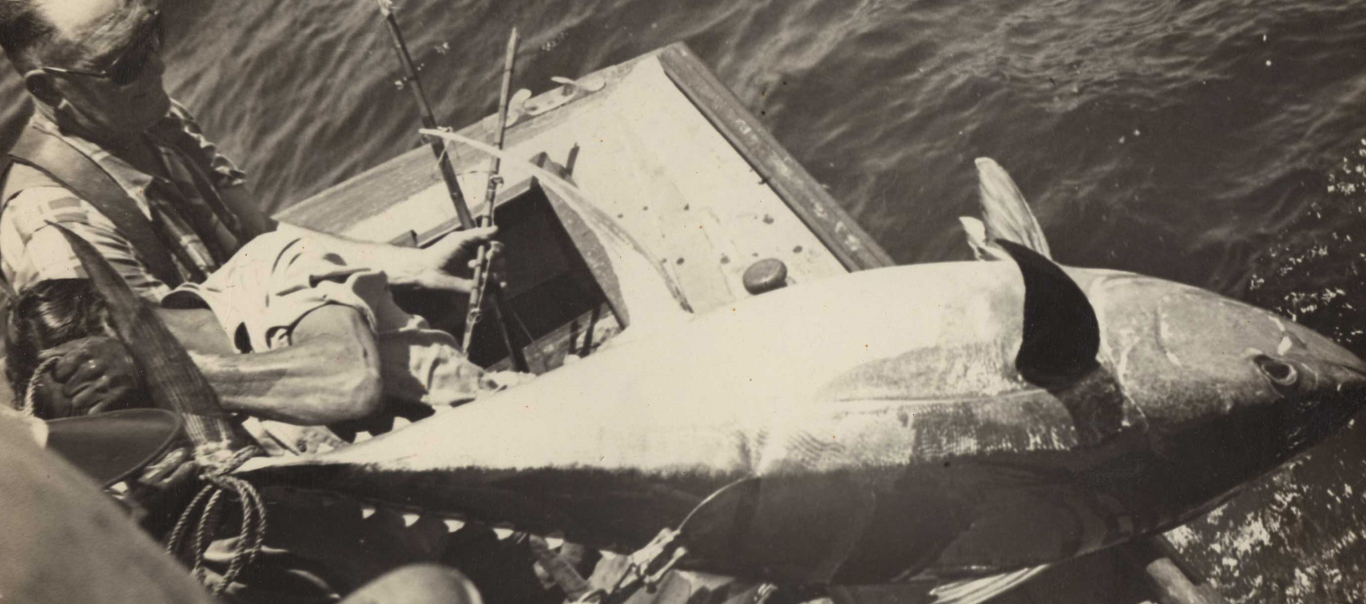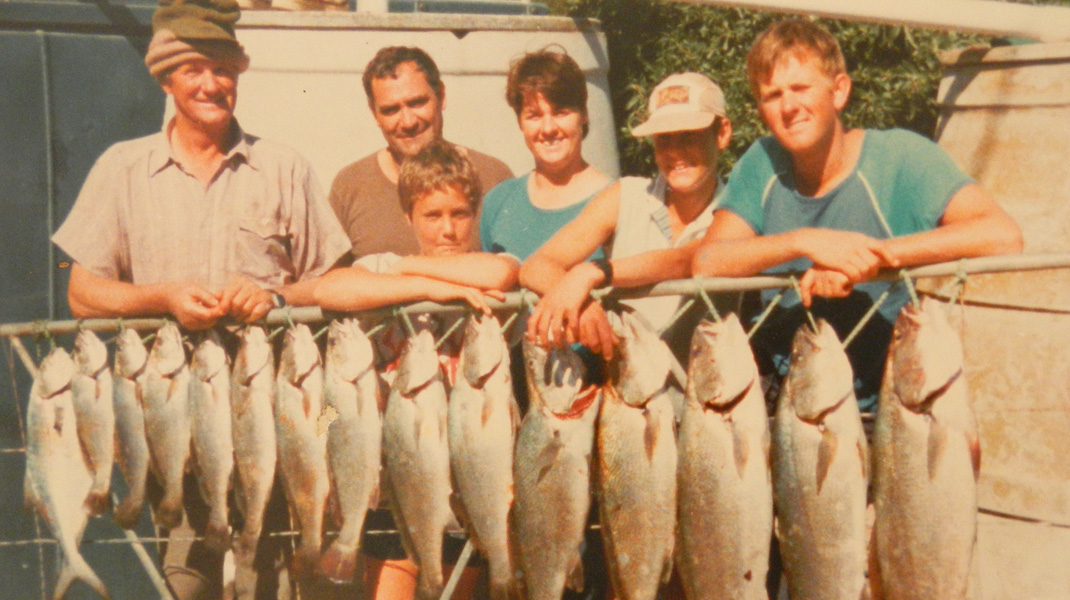Unlocking the past to secure the future of South African fish
17 December 2015

Many South African anglers have voiced their concerns over the future of fish stocks. This is mainly because the catch rates and sizes of their favourite species are falling.
But what is driving this is unclear. Research efforts have been focussed on how commercially targeted species have been impacted by fishing pressures, and despite its important role in the use of our marine resources, the recreational sector has been left in the shadows.
...Rhodes University has partnered with anglers, the South African National Biodiversity Initiative, World Wide Fund for Nature- South Africa and the University of Cape Town to create a project that focuses on recreational fishing research and understanding the state of fish stocks in South Africa
To address this, Rhodes University has partnered with anglers, the South African National Biodiversity Initiative, World Wide Fund for Nature- South Africa and the University of Cape Town to create a project that focuses on recreational fishing research and understanding the state of fish stocks in South Africa. The project is called FishforLife and one important element of it, known as Fishtory, intends to delve into historical data to create a picture of what fish populations looked like in the past and so illuminate the extent to which they have changed over the past 100 years.
But why is the past important?

In an ideal world, we could identify pristine ecosystems and healthy fish communities that could be used as reference points for assessing how stocks have changed. But according to Dr Warren Potts in the Department of Ichthyology and Fisheries Science at Rhodes University, “finding contemporary populations of fish that are healthy and stable is difficult, as humans have caused a lot of disturbance, particularly since the recreational fishery began to boom in the 1970s.” As a result, his team is turning to the past to establish historical baselines.
These records provide insight into what fish populations may have looked like in the past.
And they are looking to the recreational fishers themselves for help, by providing their old catch photos, angling journals and newspaper article collections. These records provide insight into what fish populations may have looked like in the past. According to Dr Potts, looking at trophy catches can provide information on how sizes have changed and distributions have shifted over the years and can be tracked in relation to changing fishing practices, intensity and regulations. He states, “as an angler myself, I am concerned that my kids will not be able to enjoy our ocean in the same way that I have, and so I urge others in the recreational fishing community to get involved.”